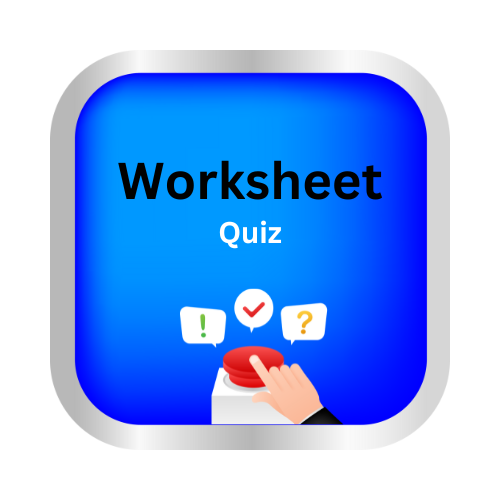Moving Things Around Us
Key Notes :
Types of Movement
- Linear Movement: Movement in a straight line, such as walking or driving along a straight road.
- Circular Movement: Movement along a circular path, such as a car moving around a roundabout or the motion of a clock’s hands.
- Oscillatory Movement: Repetitive movement back and forth, like a swing or a pendulum.
- Rotational Movement: Movement around an axis, such as the Earth rotating on its axis or a spinning top.
Forces Involved in Movement
- Push: Applying force to move an object away (e.g., pushing a door open).
- Pull: Applying force to bring an object closer (e.g., pulling a sled).
- Friction: A force that resists motion, such as when pushing a box on the floor or sliding on ice.
- Gravity: A force that pulls objects toward the Earth (e.g., an apple falling from a tree).
- Magnetic Force: A force that moves magnetic objects (e.g., magnets attracting or repelling).
Different Sources of Movement
- Muscular Movement: Movement created by muscle contractions, such as human walking or animal locomotion.
- Mechanical Movement: Movement created by machines or engines, like cars, bicycles, or elevators.
- Wind and Water Movement: Natural forces like wind moving sails or water pushing a boat.
- Electricity: Powering electric devices that cause movement, like fans, motors, or electric cars.
Simple Machines and Movement
- Levers: A simple machine that helps move objects by applying force (e.g., crowbars or see-saws).
- Pulley Systems: Used to lift heavy objects with less effort (e.g., cranes or flagpoles).
- Wheels and Axles: Help reduce friction and make movement easier (e.g., cars, bicycles).
- Inclined Planes: Slanted surfaces that make it easier to move objects uphill (e.g., ramps).
Impact of Movement on Everyday Life
- Movement is essential in transportation (cars, trains, planes).
- It helps in various activities like sports, machinery operations, and communication (satellite or data movement).
- Human activities, like walking or running, also contribute to the movement of things around us.
Energy and Movement
- Kinetic Energy: The energy an object has due to its motion (e.g., a moving car).
- Potential Energy: Energy stored in an object due to its position or state (e.g., a book held above the ground).
- Energy is required to move objects, whether it comes from muscles, engines, or natural forces.
Real-Life Examples of Movement
- Vehicles moving on roads, bicycles on paths, people walking, and animals running.
- Machines at work, such as fans, washing machines, or escalators.
Let’s practice!

